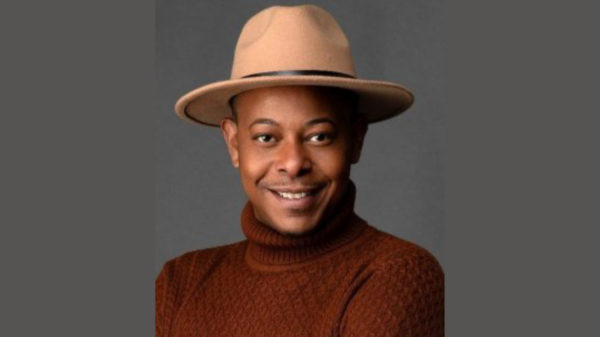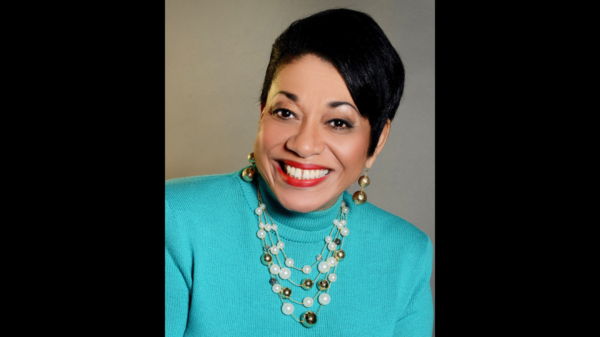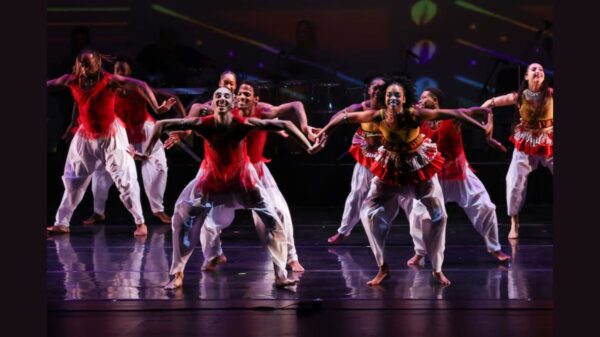April 6, 2025 marked nearly 100 years of the historic landmark serving the African American community

DALLAS – Dallas Black Dance Theatre (DBDT) recently held a four-day virtual celebration honoring the historic Moorland YMCA building, a landmark of African American history and culture in Dallas. This online event showcased the building’s remarkable 95-year journey from its origins as the Southwest’s only YMCA for African Americans to its current role as Dallas Black Dance Theatre’s home in the prestigious Dallas Arts District that’s ranked #1 in the nation.
“The historic Moorland YMCA building represents an essential chapter in Dallas’s cultural history,” said Zenetta Drew, Executive Director of Dallas Black Dance Theatre. “This celebration honors not only the physical structure but the countless individuals whose lives were shaped within these walls during times of segregation, civil rights struggles, and cultural renaissance.”
The campaign will focus on four distinct periods of the historic landmark’s existence:
From Freedman’s Town to Cultural Landmark
In 1928, Dallas’ African Ametican citizens were challenged to raise $50,000 for the construction of the Moorland YMCA, which was met and exceeded with the support of the local community and a $25,000 donation by the Julius Rosenwald Fund.
Created by Julius Rosenwald, President of the Sears Roebuck & Company, in 1917, the fund has been cited to be instrumental in the construction of 5,000 public educational facilities for African Americans that became known as the “Rosenwald Schools”.
The cornerstone for the Moorland YMCA building was laid on April 6, 1930, and at the time was the only YMCA for African Americans in the Southwest. During a time of strict Jim Crow segregation, the facility provided a safe haven where African Americans could gather, socialize, and engage in recreational activities. By 1947 more than 600,000 African Americans used the facility annually (Dallas Morning News, January 16, 1999).
The building also served as one of only two “Green Book” listed establishments still standing in Dallas, providing safe lodging for African American visitors including
luminaries such as Dr. Martin Luther King Jr., Justice Thurgood Marshall, Muhammad Ali, Ella Fitzgerald, Ray Charles, and Sugar Ray Robinson.
In a 1967 article on the building, Julia Scott Reed with Dallas Morning News observed that “between these walls momentous decisions have been made. Historical meetings have been had which have resulted in better understanding between the races.”
Civil Rights Legacy
During the civil rights movement, the Moorland YMCA served as a crucial meeting place for activists. The NAACP held public meetings there in the 1950s, and the Dallas Committee for Full Citizenship formed at the location in 1963, practicing nonviolent methods to advocate for desegregation of Dallas schools and the greater
community.
The Dallas Council of Human Relations, formed by a group of citizens in early 1944 “wishing to study and promote a better understanding of the racial problems in the community,” also held its meetings at the building.

A New Chapter: DBDT
In 1999, Dallas Black Dance Theatre raised $10.3 million to purchase and renovate the historic Moorland YMCA building. This initiative was led by three key figures: Founder Ann M. Williams—who had a personal history with the building, attending community events and teaching swimming classes there during its YMCA days—Executive Director Zenetta S. Drew, and Board Chair Dr. Marvin Robinson. Today, the former Moorland YMCA serves as DBDT’s permanent home, featuring three rehearsal studios, training classrooms, administrative offices, and community spaces.
The building’s historical significance was recognized with a State of Texas Historical Marker in 2013, and in 2014, the section of Flora Street in front of the building was renamed Ann Williams Way in honor of DBDT’s founder and her contributions to Dallas’s arts community.









You must be logged in to post a comment Login